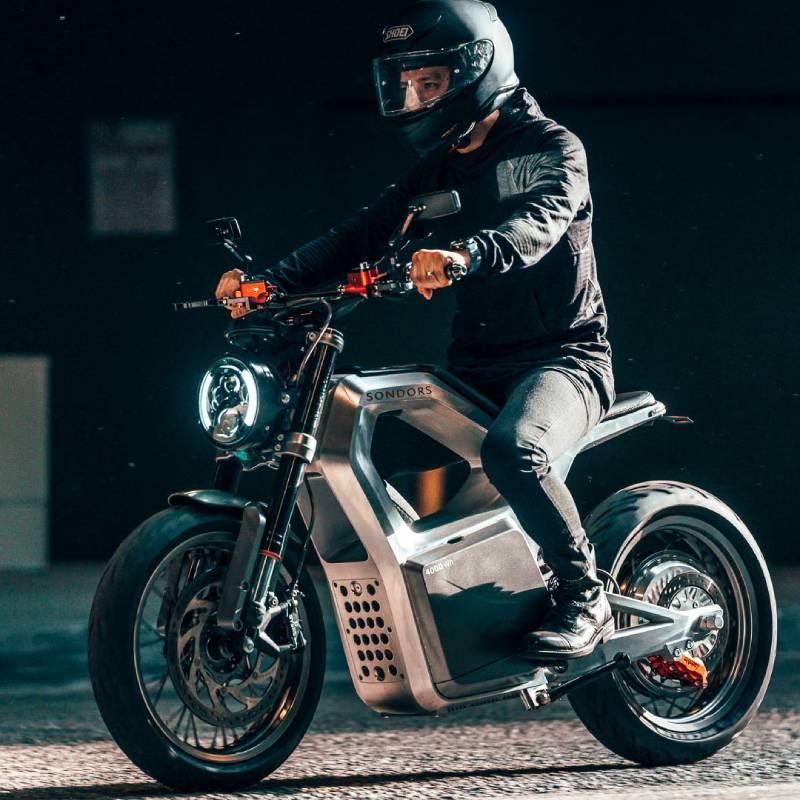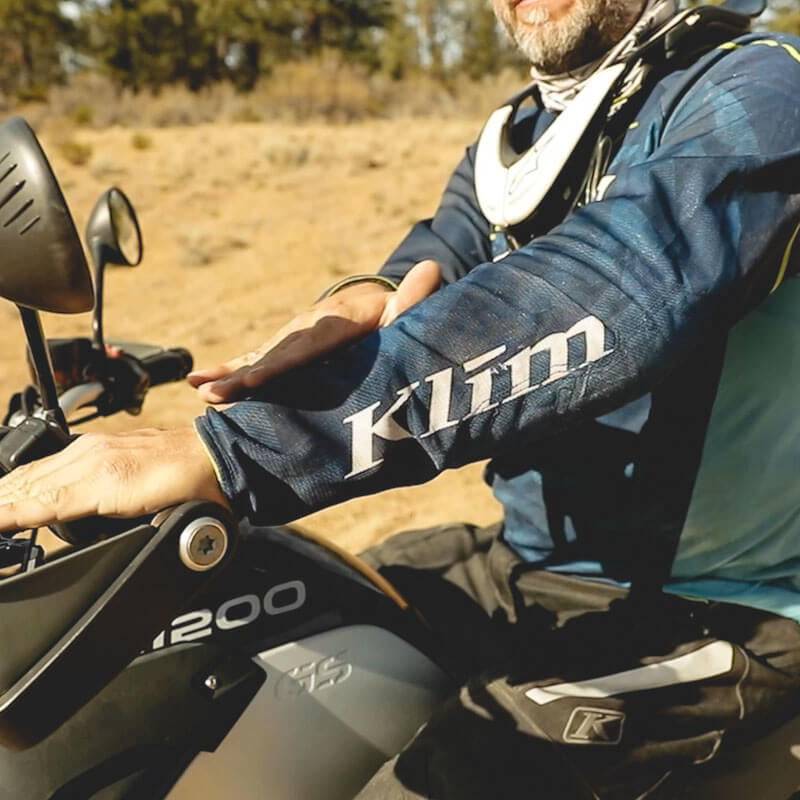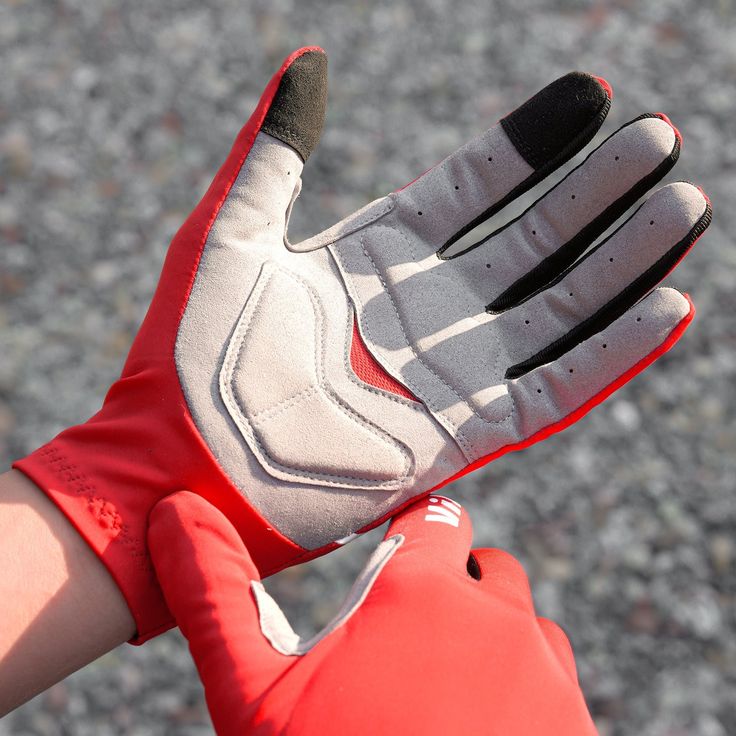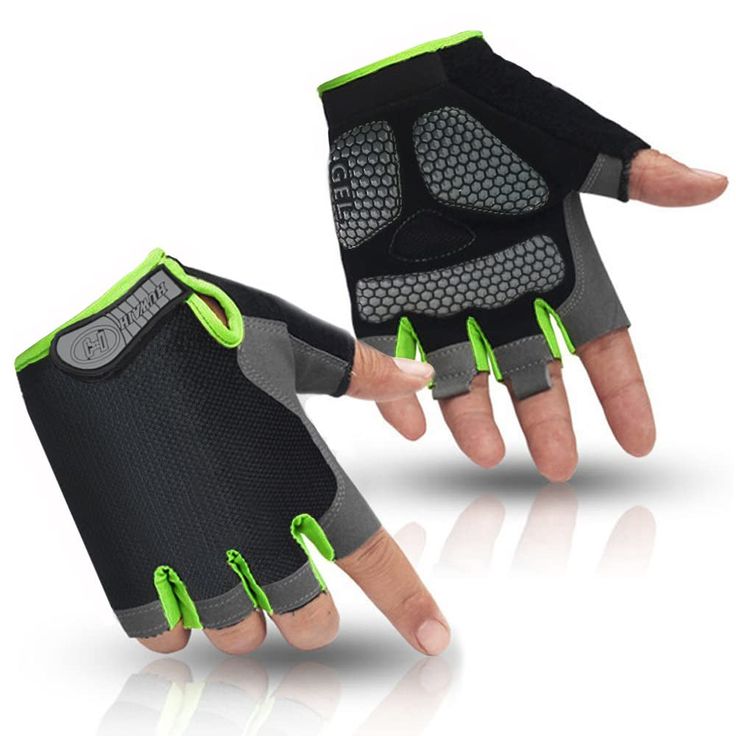Introduction to Motorcycle Ergonomics
The Importance of Ergonomics in Motorcycling
Motorcycle ergonomics play a critical role in enhancing both rider comfort and performance. Ergonomics, the study of designing equipment to fit the human body and its movements, is particularly significant in motorcycling. Understanding the importance of ergonomics helps riders optimize their experience on the road by ensuring that their motorcycle fits them perfectly. This alignment reduces the risk of fatigue, discomfort, and potential injury, making the ride more enjoyable and safer.
Unlike automobiles, motorcycles do not offer the same level of comfort and support due to their design and functionality. Riders rely entirely on their body positioning to control and maneuver the bike. Poor ergonomics can lead to discomfort in the shoulders, back, and wrists, significantly impacting the rider’s ability to control the motorcycle efficiently. This not only diminishes riding pleasure but also increases the risk of accidents due to impaired handling.
Motorcycle Ergonomics: Comfort and Control into 2024
The ergonomics of a motorcycle, crucial for a ride’s comfort and control, encompass the design aspects such as seat height, the positioning of handlebars, footpeg placement, and the layout of controls. Proper alignment in these ergonomic factors promotes a rider’s natural posture, which enhances handling while minimising fatigue. Consequently, this leads to refined performance on the roads, particularly vital as we head towards 2024, where riders require the ability to remain concentrated and respond swiftly to varying road situations.
Understanding the importance of ergonomics in motorcycling transforms the riding experience into a more comfortable and efficient activity. By ensuring that the motorcycle is ergonomically suited to the rider, it becomes possible to enjoy longer rides with less discomfort, thereby enhancing performance and safety.

Evolution of Motorcycle Design
The evolution of motorcycle design reflects the growing emphasis on ergonomics in recent decades. Initially, motorcycles were primarily designed for transportation, with minimal consideration for rider comfort. As the popularity of motorcycling grew, so did the understanding of the importance of ergonomics in bike design. This evolution has led to significant advancements in both comfort and performance, making modern motorcycles more rider-friendly.
In the early days of motorcycling, riders often had to endure uncomfortable positions and rough rides. The primary focus was on engine performance and durability, with little attention paid to the rider’s comfort or positioning. This began to change as manufacturers realized that improved ergonomics could enhance the overall riding experience. The 1960s and 1970s saw the introduction of more comfortable seating and better suspension systems, reducing the impact of road vibrations on the rider.
Historical Progression of Motorcycle Ergonomics
The 1980s marked a significant advancement in motorcycle ergonomics, with the development of sportbikes and touring motorcycles. Sportbikes were designed for performance and agility, with a more aggressive seating position that allowed riders to lean forward and maintain better control at high speeds. Touring motorcycles, on the other hand, prioritized comfort for long-distance travel, featuring larger seats, adjustable handlebars, and better wind protection.
In the 21st century, technological advancements have further revolutionized motorcycle design. Modern motorcycles now offer customizable ergonomics, allowing riders to adjust seat height, handlebar position, and footpeg placement to suit their individual needs. Advanced materials and engineering techniques have also made bikes lighter and more comfortable, enhancing both performance and rider satisfaction.
The evolution of motorcycle design underscores the growing recognition of the importance of ergonomics. By continually improving and adapting to the needs of riders, manufacturers have succeeded in creating motorcycles that are not only high-performing but also ergonomically sound.

Key Components of Motorcycle Ergonomics
Seat Height and Position
Seat height and position are fundamental aspects of motorcycle ergonomics that significantly impact rider comfort and control. Understanding how to choose and adjust the seat height ensures that the motorcycle fits the rider, enhancing both safety and performance.
The correct seat height allows the rider’s feet to reach the ground comfortably when sitting on the motorcycle. This stability is crucial, particularly during stops and when maneuvering at low speeds. A seat that is too high can make it challenging to balance and control the bike, increasing the risk of tipping over. Conversely, a seat that is too low may cause discomfort and strain over long rides, as the rider’s knees are bent too sharply.
Adjusting Seat Height for Ideal Motorcycle Ergonomics
To find the ideal seat height, start by sitting on the motorcycle with both feet reaching the ground. Ensure that your knees bend slightly, which allows for better leverage and control. Many modern motorcycles offer adjustable seats, allowing riders to customize the height as needed. Additionally, aftermarket seats are available in various sizes and shapes, providing further options to achieve the perfect fit. A Comprehensive Guide for the Safest Motorcycle includes finding the ideal seat height for optimal control and leverage, enhancing safety and comfort for every rider.
Seat position, including fore and aft adjustments, also plays a vital role in ergonomics. Moving the seat forward or backward can change the rider’s reach to the handlebars and footpegs, impacting overall comfort and control. A correctly positioned seat ensures a natural riding posture, with minimal strain on the arms, wrists, and back.
By optimizing seat height and position, riders can ensure a more comfortable and controlled riding experience. These adjustments enhance stability, reduce fatigue, and contribute to better overall performance. Understanding these aspects of motorcycle ergonomics allows riders to tailor their bike to their specific needs, improving both safety and enjoyment on the road.

Handlebar Height and Position
Handlebar height and position are crucial elements of motorcycle ergonomics, directly affecting rider comfort and control. Properly adjusted handlebars ensure that the rider maintains a natural and relaxed posture, reducing strain on the arms, shoulders, and back. Understanding how to choose and adjust handlebar height and position is essential for optimizing the riding experience. Starting your ride with correctly adjusted handlebar height and position is key to embracing motorcycle ergonomics for lasting comfort and enhanced control on every journey.
Handlebar position, including the width and angle, also plays a significant role in ergonomics. Wider handlebars provide better leverage and control, particularly on larger bikes or when off-roading. However, they may not be suitable for all riders or types of riding. Narrower handlebars offer more precise control and are often preferred for sportbikes and urban riding. The angle of the handlebars should align with the rider’s natural arm position, ensuring that the wrists are not bent uncomfortably.
Tailoring Motorcycle Ergonomics with Adjustable Handlebars
Adjustable handlebars or aftermarket options provide flexibility in achieving the ideal setup. Many modern motorcycles come with handlebars that can be adjusted for height, angle, and width. Aftermarket handlebars are available in various shapes and sizes, allowing riders to customize their bike to fit their needs.
Properly adjusted handlebar height and position significantly enhance rider comfort and control. By ensuring that the handlebars align with the rider’s natural posture, strain and fatigue are minimized, allowing for a more enjoyable and safe ride. Understanding these aspects of motorcycle ergonomics helps riders tailor their motorcycle to their specific needs, improving both performance and comfort.

Footpeg Placement
Footpeg placement is another critical component of motorcycle ergonomics, influencing rider comfort and control. The position of the footpegs affects the rider’s posture, weight distribution, and ability to maneuver the motorcycle. Understanding how to choose and adjust footpeg placement ensures optimal ergonomics and enhances the overall riding experience. Top Rides prioritize optimal footpeg placement to elevate motorcycle ergonomics, ensuring unparalleled comfort and control for an exceptional riding experience.
Footpeg placement also affects weight distribution and control. Correctly positioned footpegs allow the rider to shift their weight effectively, enhancing balance and maneuverability. This is particularly important in off-road or aggressive riding, where precise control and quick adjustments are necessary. For example, sportbikes often feature rear-set footpegs to provide a more aggressive riding posture, suited for high-speed cornering and performance.
Optimizing Motorcycle Ergonomics Through Footpeg Adjustment
Adjustable footpegs or aftermarket options provide flexibility in achieving the ideal setup. Many modern motorcycles offer footpegs that can be adjusted for height, angle, and position. Aftermarket footpegs come in various designs and materials, offering additional customization options. Adjustable footpeg brackets or adapters can also be used to fine-tune the placement, further enhancing comfort and control.
By optimizing footpeg placement, riders can ensure a more comfortable and controlled riding experience. Proper footpeg positioning enhances posture, weight distribution, and maneuverability, contributing to better overall performance and enjoyment on the road. Understanding these aspects of motorcycle ergonomics allows riders to tailor their bike to their specific needs, improving both safety and comfort. Best Starter Motorcycles for Women feature adjustable footpegs that enhance ergonomics for a more comfortable and controlled riding experience right from the beginning.

Conclusion: The Impact of Ergonomics on Motorcycle Riding
L’ergonomie moto est cruciale pour le confort et la performance. Elle transforme la conduite en une activité agréable et efficace. Comprendre l’ergonomie est essentiel pour les motards. L’évolution du design moto montre l’importance de l’ergonomie. Les composants ergonomiques améliorent l’expérience de conduite. Les motards optimisent leur moto pour des besoins spécifiques. L’ajustement ergonomique augmente la satisfaction de l’utilisateur. Une bonne ergonomie prévient la fatigue et les douleurs. Les performances s’améliorent avec une moto bien réglée. Chaque pilote nécessite une configuration personnalisée. Les innovations en design moto ciblent le confort maximal. Ajustez votre moto pour une harmonie parfaite avec votre corps.
Seat height and position are fundamental aspects of motorcycle ergonomics, ensuring that the motorcycle fits the rider and enhances stability and control. Properly adjusted handlebars and footpegs further contribute to a natural and comfortable riding posture, reducing strain and fatigue. Empowering Rides through Optimized Motorcycle Ergonomics for Superior Comfort and Performance.
In conclusion, motorcycle ergonomics are essential for maximizing both comfort and performance. By prioritizing ergonomic considerations and making necessary adjustments, riders can enhance their overall riding experience, ensuring that their motorcycle is not only a means of transportation but a source of enjoyment and satisfaction. With the right ergonomic setup, motorcycling becomes a more accessible and enjoyable activity for riders of all levels.


